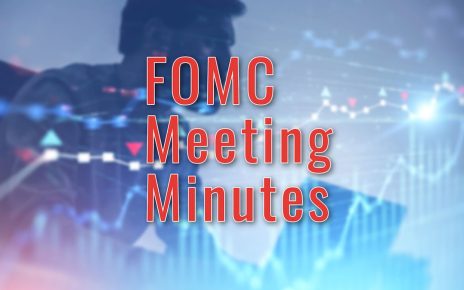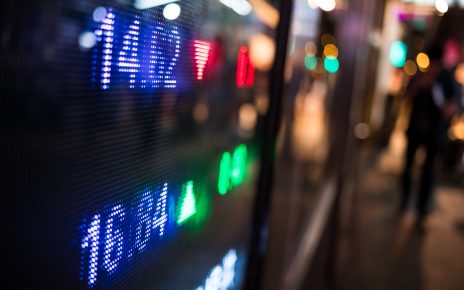- Investors sought safe havens due to concerns about the US debt ceiling.
- US consumer sentiment reached a six-month low in May amid worries over the US debt ceiling crisis.
- Michelle Bowman, a Fed Governor, acknowledged that if inflation remains high.
Currency futures fell on Friday as the US dollar rose. The dollar experienced its largest weekly gain since February. This rise occurred as investors sought safe havens due to concerns about the US debt ceiling and monetary policy.

According to the University of Michigan survey released on Friday, US consumer sentiment reached a six-month low in May. This decline came amid worries that the ongoing political dispute surrounding the federal government’s borrowing cap increase could lead to a recession.
Additionally, consumers’ expectations of long-term inflation have risen to their highest level since 2011. These factors may impact the Federal Reserve’s decision-making process, considering their recent indication of a potential pause in interest-rate hikes.
The surprising findings from the University of Michigan’s consumer sentiment survey present a stagflationary outlook for the US economy. This outlook could potentially justify another rate hike at the June Fed meeting, but it will certainly decrease the likelihood of rate cuts in the latter part of the year.
Recent data indicating a slowdown in the US economy had strengthened the possibility of the Federal Reserve halting its rate hikes at the June meeting. Additionally, data revealed a decline in the US consumer price index inflation to 4.9% year-on-year in April, while weekly jobless claims exceeded expectations.
However, the labor market remains tight, with 1.6 job openings for every unemployed American in March. This exceeds the 1.0-1.2 range typically associated with moderate inflation levels.
Michelle Bowman, a Fed Governor, acknowledged that if inflation remains high, the Federal Reserve will likely need to implement further rate increases.
Joe Manimbo, a senior market analyst at Convera, highlighted that heightened US inflation has led to doubts regarding the Fed’s projected rate cuts by the end of the year. Moreover, the belief that other central banks may also be nearing a pause in rate hikes has placed downward pressure on European currencies.
Saying that the dollar’s decline has ended would be premature at this point. For the greenback to gain significant upward momentum, markets would have to eliminate the possibility of rate cuts at the close of this year.





